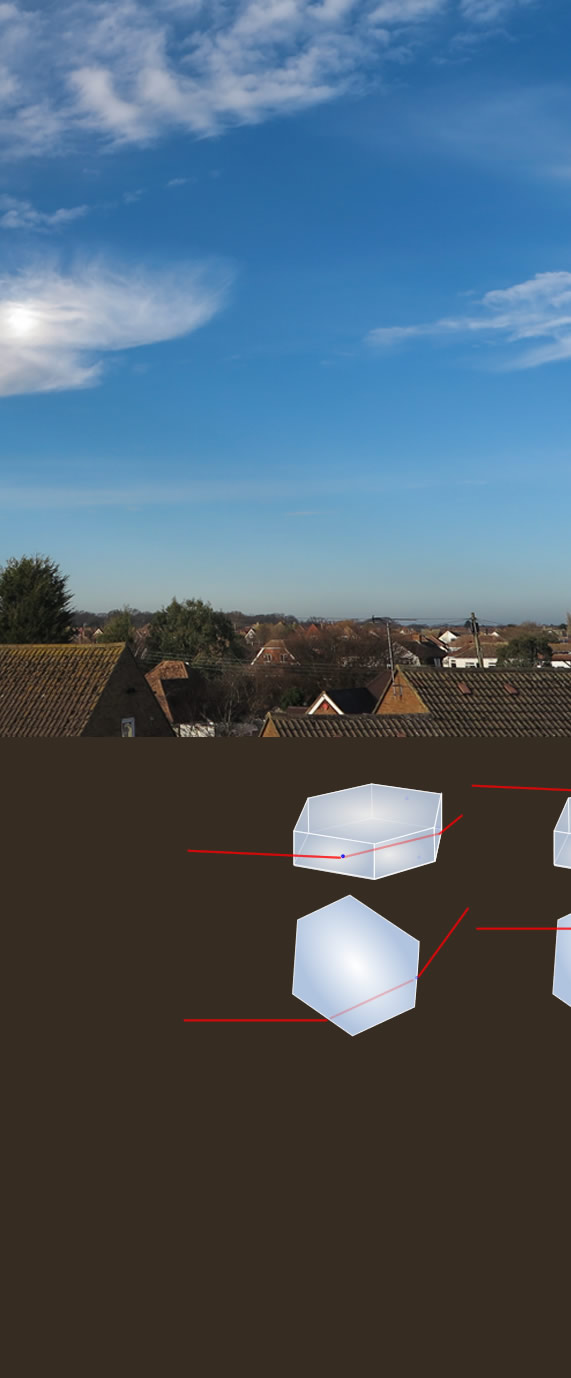 |
 |
 |
 |
 |
 |

When you see something unusual note your position, date and time - plus time zone and whether daylight saving time. Keep the camera clock accurate to a known time zone.
Note the position relative to the sun.
If possible take several hand held camera images. This helps eliminate misidentification of lens reflections.
Video is not much use for getting directions and still shots are better. Zooming video in and out and waving the camera about is even worse!